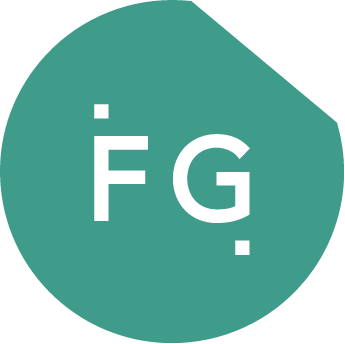One thing we’ve learned during these last few months of socially distant working is that physical distance has nothing to do with the success of a team. What makes remote teams win is being able to shrink strategic and affinity distance. Strategic distance is the gap between what your team is doing and what matters for the organization. Affinity distance is the gap in cultural and communication styles among members of the team. Great leadership is about closing those two gaps and, as part of our research initiative to capture best business practices from the last four months, I recently ran across a business leader who gets that in a big way.
Christo Kruger heads up global business intelligence and marketing analytics for Abbvie, the $30 billion (revenue) global biopharma company. His role is to transform Abbvie’s data practices so it can make business decisions faster and better. His team works across the company to put in the processes and platforms (and people) to exploit the data insights needed to launch new brands, make business operations more effective, or help solve divisional business problems wherever they might crop up.
Just before Covid-19 hit, Kruger was kicking off a huge project called Fusion to clean up and centralize all of Abbvie’s global sales, marketing, and CRM data into one platform. The goal was to make it easier to use the data for performance dashboards, reports, and advanced machine learning and predictive analytics. Kruger had lots of travel on his calendar to ensure there was strategic alignment across the teams in Europe who were going to lead the first stage of the project. But, once the virus sent all his teams home, closing that strategic distance was suddenly a major concern. So was the mental health of his team.
“When Covid-19 hit, I realized that empathy was going to be key,” said Kruger. For the first four weeks of the outbreak, he set up weekly check-ins for the larger group, and they spent the first 30 minutes of 90-minute meetings sharing stories. One data engineer from Germany told of seeing the disappointment in his son’s eyes when he realized he wasn’t going to be able to invite his friends over for his sixth birthday. Says Kruger, “That’s when it struck me that we’re all human beings working on these projects. At the time it was so relevant to share the struggle, what’s going on.” (One great way to bond quickly across teams is to do what I call a personal-professional check-in or a “sweet and sour,” where you start off meetings with people sharing one good thing going on and one bad thing.
But the complexity of the Fusion program continued to be a concern. Transforming data practices isn’t as exciting as launching a new brand. People needed to feel energized, get the higher purpose of the project. Plus, Kruger was pairing up technical specialists such as data engineers and generalists such as business analysts who all spoke different languages (figuratively and literally) and operated in different cultures with conflicting occupational vernaculars. That’s a big affinity distance to close.
He decided to borrow a teaming practice from Google called job families, which are small groups of 8 to 10 people from different functions brought together around a single job to be done. Each family decides how it’s going to work and who does what. The idea appealed to Kruger because it was a more intimate approach that came with a stronger sense of belonging, something that can get lost in typically sized cross-functional teams of 15 or more. “Even the most technical experts in software engineering and databases want a strong sense of purpose,” says Kruger. Project Fusion ended up with just under a dozen job families.
Now to close the strategic distance. Kruger came up with the idea for a team contract, a one-page document that each team member would sign to lay out the objectives, expectations, milestones, outcomes, scope, and channels of communication. It’s got all the dependencies and anticipated risks, too. And everyone had to fill it out and agree on it.
“The whole point of it is to get a common understanding and language so we don’t talk past each other in meetings. We’re dealing with people in Spain, Germany, Italy, all over Europe. A critical global data project like this has to have a common language and measure the same things in the same ways. This is not simple stuff like sales forecasting. There’s a lot of technical languages and if people are not going into meetings with the baseline of knowledge, we’re going to end up educating people instead of meeting our milestones. We don’t have time for that.”
There was a good amount of resistance to the contract idea at first. Managers said they couldn’t impose another deliverable on the teams and many colleagues thought it was beneath them to fill out a one-page document given such a sophisticated project and process. It took Kruger a few weeks but, eventually, his people agreed to give it a try.
Guess what? The contract got everyone far more engaged. Says Kruger: “One morning I’m in a meeting and there’s this German employee who says, you know guys, ‘I want to thank you again for doing those team contracts. It really means a lot.” And, once people started sharing their contracts, the data teams better understood the interdependencies among all the different job families. He wisely made the contract a living thing that each team can revisit and revise regularly. “That helped us a lot in identifying gaps in the project we needed to fill as the expectations changed.”
When Project Fusion began, Abbvie was allocating 100 to 120 days to onboard one country at a time and transform its data. It had completed six countries since June 2019. With the team contract approach driving a faster pace, “we’re going to do three countries at a time. We’ve got to cover 51 countries before we’re done.






